LibrarySearch Results: California Institute of Technology
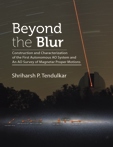
Adaptive optics (AO) corrects distortions created by atmospheric turbulence and delivers diffraction-limited images on ground-based telescopes. The vastly improved spatial resolution and sensitivity has been utilized for studying everything from the magnetic fields of sunspots upto the internal dynamics of ...
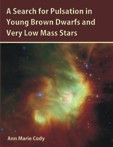
In 2005, Palla & Baraffe proposed that brown dwarfs and very low mass stars (less than 0.1 solar masses) may be unstable to radial oscillations during the pre-main-sequence deuterium burning phase. With associated oscillation periods of 1-4 hours, this potentially new class of pulsation offers unprecedented ...
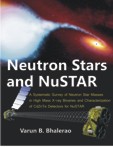
This book centers around the study of neutron stars, especially those in massive binary systems. To this end, it has two distinct components: the observational study of neutron stars in massive binaries with a goal of measuring neutron star masses and participation in NuSTAR, the first imaging hard X-ray mission, one ...
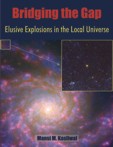
For centuries, we have known that our dynamic universe is adorned by cosmic fireworks: energetic and ephemeral beacons of light from a single star that are a million (nova) to a billion (supernova) times brighter than our sun. However, it had been an age-old conundrum that the brightest nova is approximately 1000 ...
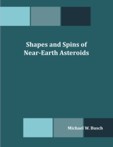
Asteroids are diverse and numerous solar system objects, from the large number of objects in the main asteroid belt to the relatively small near-Earth population. Understanding their physical properties is essential to understanding the evolution of the solar system, and asteroid morphology is a complex field in its ...
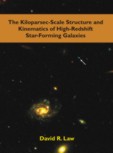
We study the spatially resolved properties of star-forming galaxies at redshift z ~ 2 - 3 on scales ~ 1 kpc using a combination of morphological and kinematic analyses in an effort to characterize the major mechanisms of galaxy formation in the young universe. Using a sample of 216 galaxies which have been ...

We present the results of a large-area survey for millisecond pulsars (MSPs) at moderately high galactic latitudes with the 64 m Parkes radio telescope, along with follow-up timing and optical studies of the newly-discovered pulsars and several others. Major results include the first precise measurement of the mass of ...
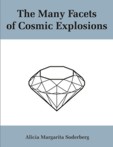
Over the past few years, long-duration gamma-ray bursts (GRBs), including the subclass of X-ray flashes (XRFs), have been revealed to be a rare variety of Type Ibc supernova (SN Ibc). While all these events result from the death of massive stars, the electromagnetic luminosities of GRBs and XRFs exceed those of ...
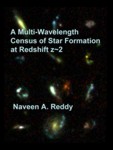
We examine the census of star-forming galaxies and their extinction properties at redshift z~2, when a large fraction of the stellar mass in the universe formed. We find a good agreement between the X-ray, radio, and de-reddened UV estimates of the average star formation rate (SFR) for our sample of z~2 galaxies ...

We study the properties of star-forming galaxies at redshift z~2, an era in which a substantial fraction of the stellar mass in the universe formed. Using 114 near-IR spectra of the H-alpha and [N II] emission lines and model spectral energy distributions fit to rest-frame UV through IR photometry, we examine the ...
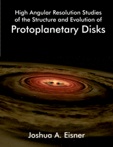
Young stars are surrounded by massive, rotating disks of dust and gas, which supply a reservoir of material that may be incorporated into planets or accreted onto the central star. In this dissertation, I use high angular resolution observations at a range of wavelengths to understand the structure, ubiquity, ...
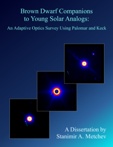
We present results from an adaptive optics survey conducted with the Palomar and Keck telescopes over 3 years, which measured the frequency of stellar and sub-stellar companions to Sun-like stars. The survey sample contains 266 stars in the 3-10000 million year age range at heliocentric distances between 8 and ...
